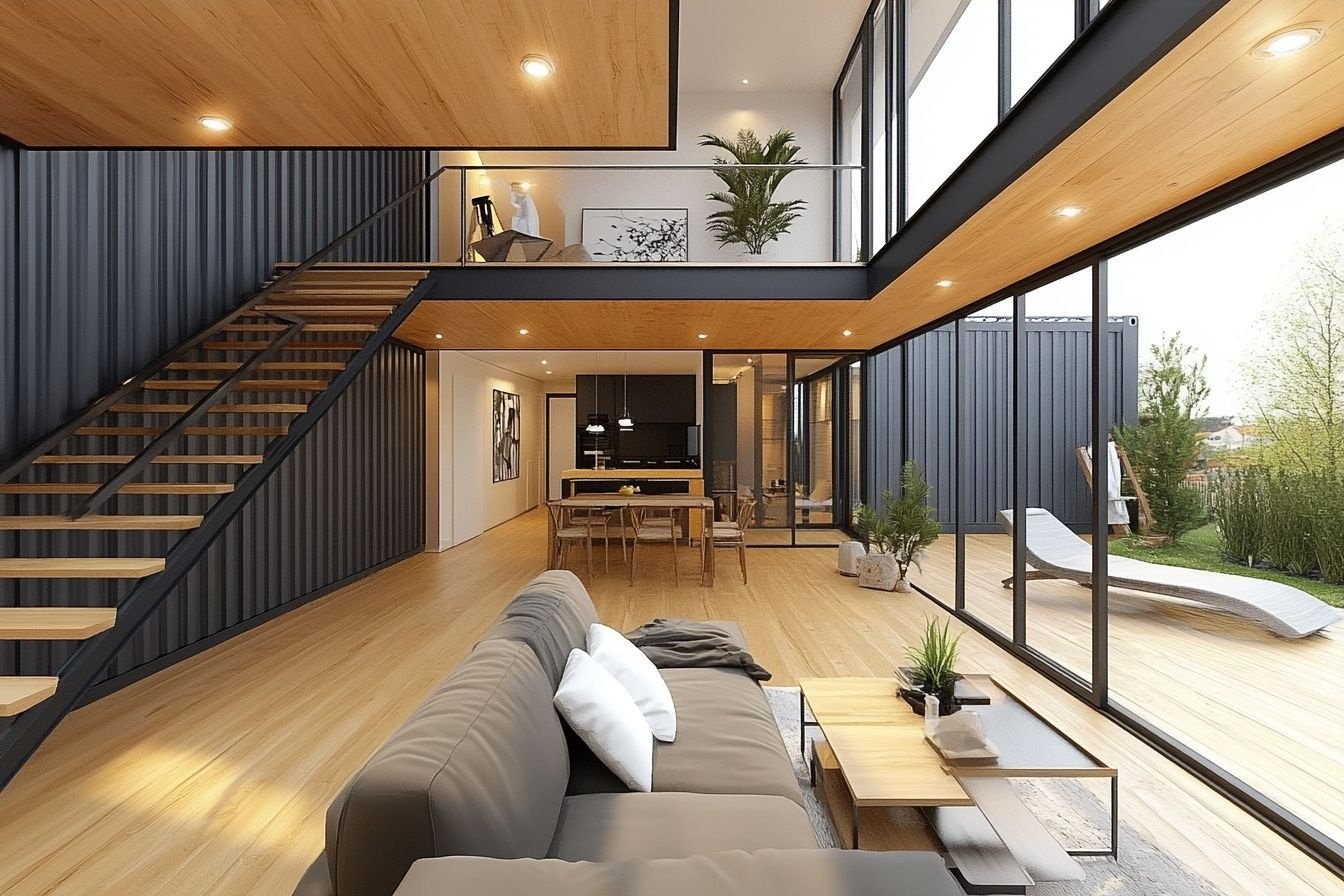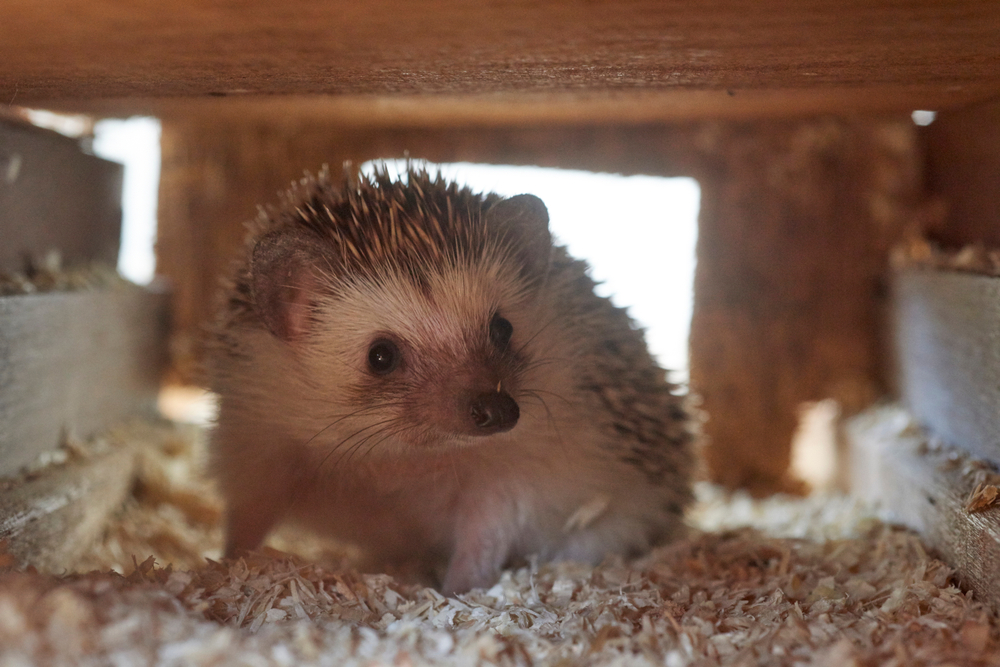"Reimagining Space: The Tiny Home Movement's Influence on Design and Lifestyle"
Introduction: Imagine downsizing your life and living in a space no more than 400 square feet. Sounds crazy, right? The Tiny Home Movement is making this a reality for many, significantly reshaping design principles and lifestyle choices. Let's delve into this intriguing trend and its widespread implications.

The Emergence of the Tiny Home Movement
The Tiny Home Movement is a social trend where people choose to downsize their living spaces significantly. Although the movement technically began in the 1980s, the 2008 financial crisis brought it to the forefront as people sought more affordable and sustainable living options. Tiny homes, typically between 100 and 400 square feet, are a stark contrast to the average American home’s 2,600 square feet.
Design Principles of Tiny Homes
The most significant challenge with tiny homes is creating a functional, comfortable space within severe size restrictions. This has led to ingenious design solutions, with an emphasis on multi-functionality and maximizing vertical space. The use of convertible furniture, lofted sleeping areas, and inventive storage solutions are some of the key design elements.
The Impact on Lifestyle Choices
The minimalist lifestyle inherent in tiny home living isn’t just about smaller homes—it’s about living with less. It encourages a shift from materialism to experiences, fostering a more conscious and intentional lifestyle. This has broader implications on how we perceive success and happiness, prompting a reevaluation of our values and priorities.
The Tiny Home Movement and the Housing Market
As more people embrace the tiny home lifestyle, its impact on the housing market cannot be overlooked. Tiny homes offer an affordable housing solution, especially in areas with high property prices. They also present an alternative for those seeking a more sustainable and mobile lifestyle.
The Evolution of the Tiny Home Trend
The Tiny Home Movement continues to evolve, with designers and homeowners pushing the boundaries of what’s possible in a small space. We’re seeing off-grid tiny homes, luxury tiny homes, and even tiny home communities. This trend shows no signs of slowing down and will undoubtedly continue to shape our understanding of home and lifestyle.
In conclusion, the Tiny Home Movement is more than just a design trend—it’s a lifestyle choice that challenges conventional notions of success, space, and happiness. As we continue to navigate the complexities of modern life, tiny living offers a refreshing perspective on what it means to live well. Whether or not tiny homes are the future of housing is yet to be seen, but their influence on design and lifestyle is undeniable.





